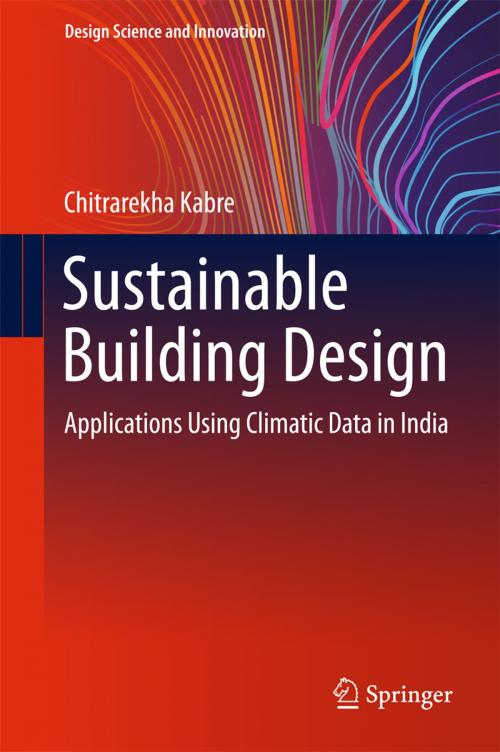Sustainable Building Design
Applications Using Climatic Data in India
Nonfiction, Science & Nature, Technology, Industrial Design, Construction & Construction Trades| Author: | Chitrarekha Kabre | ISBN: | 9789811046186 |
| Publisher: | Springer Singapore | Publication: | October 10, 2017 |
| Imprint: | Springer | Language: | English |
| Author: | Chitrarekha Kabre |
| ISBN: | 9789811046186 |
| Publisher: | Springer Singapore |
| Publication: | October 10, 2017 |
| Imprint: | Springer |
| Language: | English |
This book bridges the gap between research and practice in the area of sustainable design of buildings, exploring the passive (climate-responsive) design and thermal behavior of buildings and ways to incorporate these enhancements in architectural and civil engineering practice. It presents climatic data and its analysis in a readily usable form and shows ways in which such data can be used to achieve passive (climate-responsive) and sustainable building design. The book presents case studies of sustainable building in each of five climatic zones of India. The book includes climatic data from 62 cities in India and describes how it can be synthesized in sustainable building design.
The book can serve as a practical tool or handbook for architects, engineers, and designers, providing them with an understanding of the physical phenomena involved and a means for suitably implementing and applying passive (climate-responsive) design principles. It also offers a valuable resource for researchers, students, and policymakers working in the area of sustainable building design and construction.
This book bridges the gap between research and practice in the area of sustainable design of buildings, exploring the passive (climate-responsive) design and thermal behavior of buildings and ways to incorporate these enhancements in architectural and civil engineering practice. It presents climatic data and its analysis in a readily usable form and shows ways in which such data can be used to achieve passive (climate-responsive) and sustainable building design. The book presents case studies of sustainable building in each of five climatic zones of India. The book includes climatic data from 62 cities in India and describes how it can be synthesized in sustainable building design.
The book can serve as a practical tool or handbook for architects, engineers, and designers, providing them with an understanding of the physical phenomena involved and a means for suitably implementing and applying passive (climate-responsive) design principles. It also offers a valuable resource for researchers, students, and policymakers working in the area of sustainable building design and construction.















